“The echo in the valley is our mountain wifi,” said Cecilio, the guide we hired.
We took turns to shout, and the verdant mountains shouted back at us. Echoes always make me smile.
Or maybe, it was the clear blue skies and stunning mountain views that accompanied us as we walked the easy mountain trail to the ruins of El Fuerte, located just 9km from the tranquil town of Samaipata.
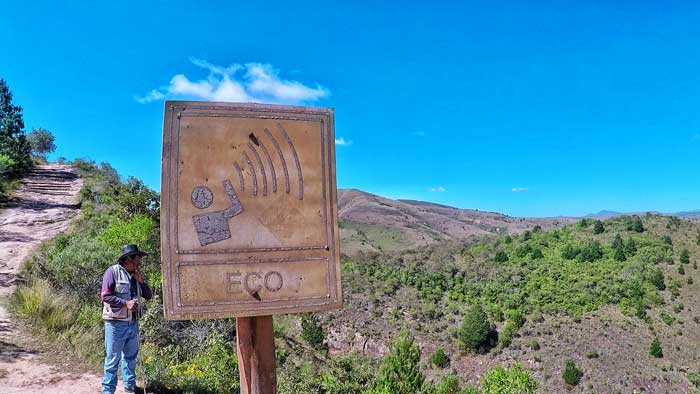
The Town of Samaipata
With a name that sounds more Japanese than Latin American, Samaipata is a town that is off the gringo trail. In fact, the whole eastern part of Bolivia is often skipped in favour of the more famous Uyuni and La Paz regions.
Having spent 10 days learning Spanish in the hectic capital Sucre, I was eager to have a change in environment. Samaipata – being nestled in the mountains, surrounded by ruins, waterfalls and national parks - seemed like the best option.
‘Fresh’ felt like the perfect word to describe my experience here. The temperate climate was a warm welcome and change from the high altitudes of Uyuni and Potosi, while the closeness of the small town gave a homey feeling.
In fact, Samaipata means ‘Rest in the Highlands’ in Quechua.
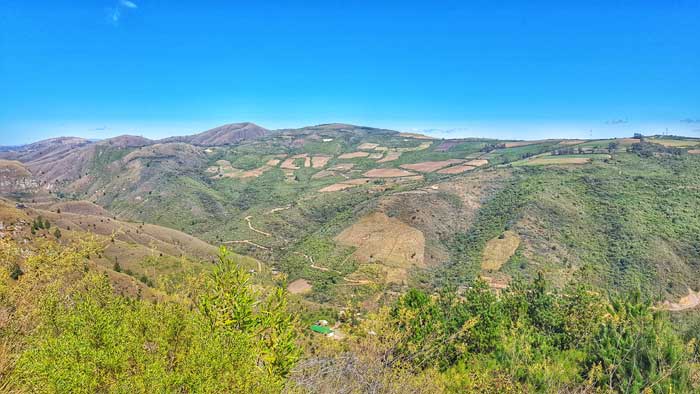
But I wasn’t here for the weather or being cosy, I was here for the ruins and nature.
El Fuerte de Sampaipata
At the main square of town are many taxi drivers offering a ride to the main attraction of the area: the ruins of El Fuerte.
For BOB $100 (USD $14), the taxi driver brings you there, waits 2 hours, and brings you back to town. Joe, an American I met at my hostel, and I shared the 15min taxi ride there.
The BOB $50 entrance fee includes free entry to the museum in town. We paid another BOB $100 for our English-speaking guide Cecilio.
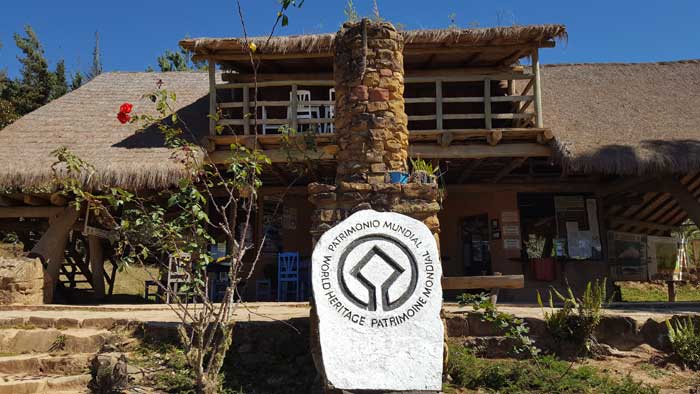
It wasn’t necessary to hire a guide but the history lover in me wanted to know what I was seeing and not blindly walking through majestic ruins without knowing the significance of it.
Immediately, Cecilio drew on the sand with his trusty stick and provided us with background information and the history of the region.
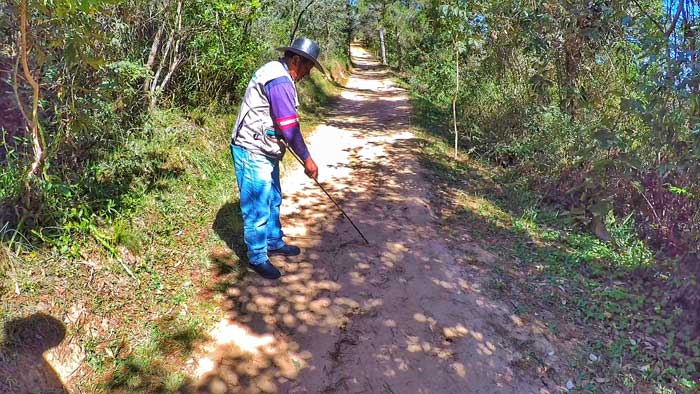
He showed us that El Fuerte is located right in the middle of 4 distinct regions; the Amazonian Plains, the Grand Chaco, the Morocoya, and the Andes. He told stories about the Incas travelling from the Andes to the Grand Chaco, and farther into Argentina.
I was fascinated even before we began. But more importantly, we started the hike with a better understanding of the region in mind.
We went up the breath-taking mountain peaks, and Cecilio pointed out the differences in landscapes between the plentiful Amazonian forests and the treeless Chaco plains. He plucked blackberries and let us try them.
And then, there it was.
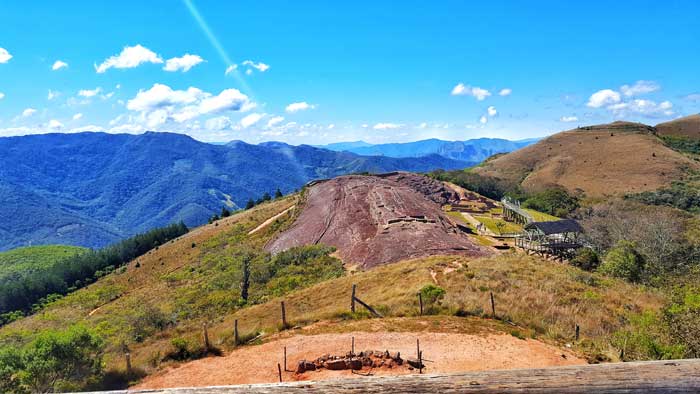
The 220m massive dark-granite monolith appeared right in front of us. A giant rock, one of its kind, carved with all sorts of designs with significant meanings.
This piece of rock – and its surrounding buildings – was given UNESCO title in 1998. In the words of UNESCO:
"The huge sculptured rock, dominating the town below, is a unique testimony to pre-Hispanic and beliefs, and has no parallel anywhere in the Americas."
The archaeological site of El Fuerte consist of two areas: a ceremonial area and an administrative district. And right in front of us was the main ceremonial feature.
One of the more interesting carvings is the shape of felines - particularly pumas and jaguars - on circular bases in the stone. The puma is one of the three sacred animals of the Incas.
We also saw two parallel, double-zigzag-shaped carvings, which the locals named The Snake’s Back (the snake is another sacred animal). Some theorized that The Snake’s Back was used for rituals, with water (or blood?) flowing through them, like a channelling system.
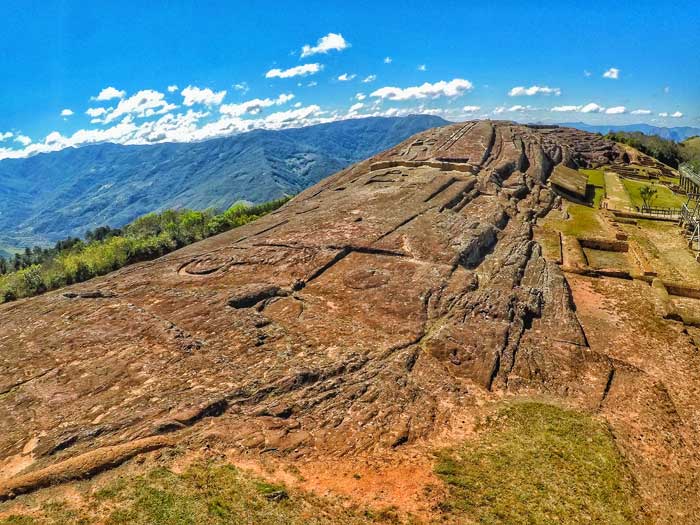
As we walked along the ruins (you can’t go inside the ruins), Cecilio explained that the people also performed human and animal sacrifices, astrological rituals, idol worshipping of animals, gods and goddesses.
At the top of the monolith is a circle of rectangular and triangular niches or seats, probably for the leaders or priests, as it is called “The Chorus of the Priests”.
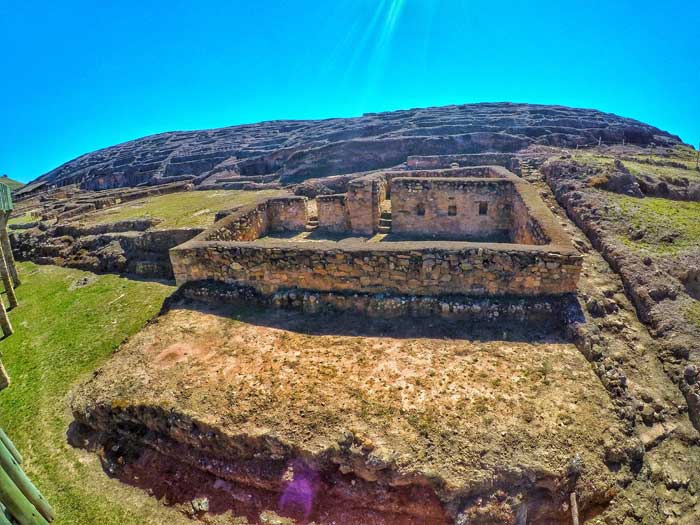
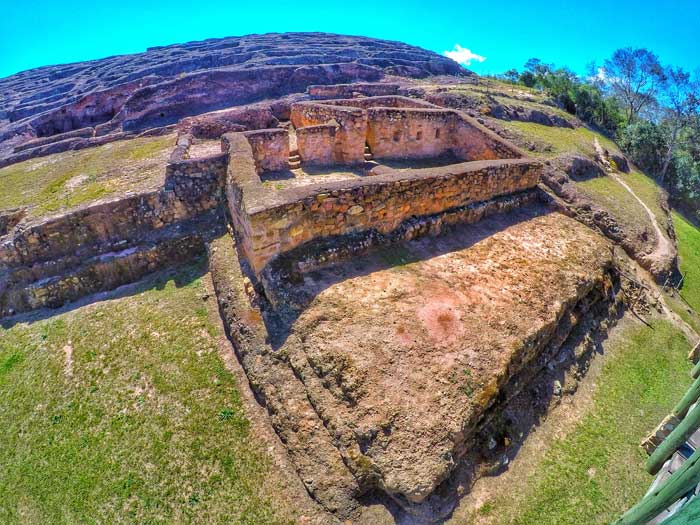
Mystical stuff always fascinates me. But what really interests me here was the three different generations and culture that influenced the site.
The site is thought to be built by the Chané people, a pre-Incan culture, with the first engravings during the Mojocoyas period (AD 200 – 800).
Then, the Inca occupied it in the 14th century and added their own constructions on another culture’s religious site, like the blatantly obvious wall that stood out on the rock. They also built doors and windows and a temple for their priests, and made the site their provincial capital. Next to the ceremonial area were Inca settlements and hillside terraces for agriculture.
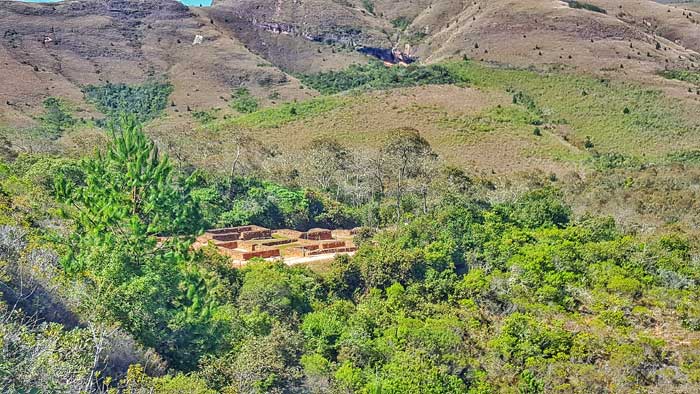
inca settlements
Like most Inca territories, the Spanish came around 1540 and took it as their own. They renamed the site ‘El Fuerte’ (The Fortress), built an ugly military watch tower and other Spanish-styled constructions, then abandoned it around 1629.
So, three different cultures influenced this archaeological wonder, the El Fuerte de Samaipata, one of Bolivia’s ‘hidden’ jewel. While the site was not built by the mighty Incas, Bolivians are nevertheless proud of this UNESCO world heritage site in their backyard.
- YOU MIGHT ALSO LIKE: Trinidad Ruins: Paraguay's Lonely Jesuit Gem
Little is known about the site; some people even say that Samaipata is being used by extraterrestrials to land their spaceship.
I particularly like that theory. In fact, the site only gained fame when Swiss author Erik Von Daniken proposed in the 1960's that it was designed as a landing site for UFO's, however absurd that sounds.
Whatever it is, I suggest visitors to hire a guide. With a good guide like Cecilio, part of the history may just come alive before your eyes. Or, at least visit the museum in town before going. Otherwise you’d be just looking at a piece of big brown rock.
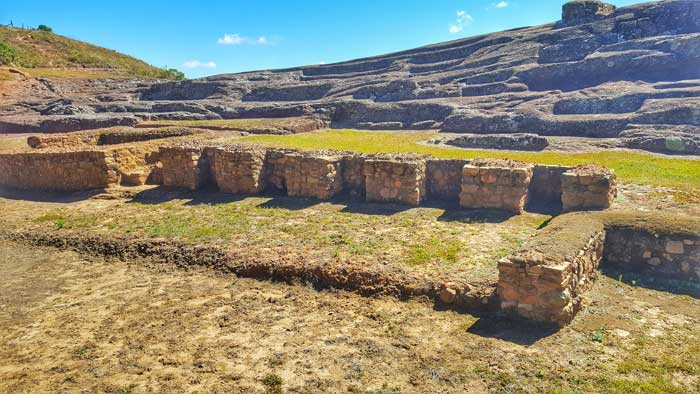
How to Go to El Fuerte de Sampaipata
At 9km from Samaipata, you can walk for 2 hours, mostly uphill, to get there. Do note that in off-season, there might not be any transport back if you do decide to walk there.
Or, you can hire a taxi from the main plaza. The drivers usually wait at one corner and call out to tourists. A two-way trip costs BOB $100 (July 2017) and the driver waits for you for 2 hours.
(You can hire a taxi there and walk back, saving you half the costs and getting to enjoy the mountainous scenery on the way.)
Motorbike taxis also make this trip.
The alternative to doing it yourself is to go on a tour. There are numerous tour agencies in Samaipata all offering the same trips.
Las Cuevas Waterfalls
On the opposite side of town, set in the wilderness amongst green mountains, are the Las Cuevas Waterfalls.
From the entrance, it is a series of footpaths leading to three sets of waterfall. Even though they are named Las Cuevas, there are no actual caves. The place felt like a hidden oasis in the jungle instead.
Local kids were playing in the first waterfall when I visited. The second and third waterfalls are bigger and you are able to get up close by stepping on the rocks.
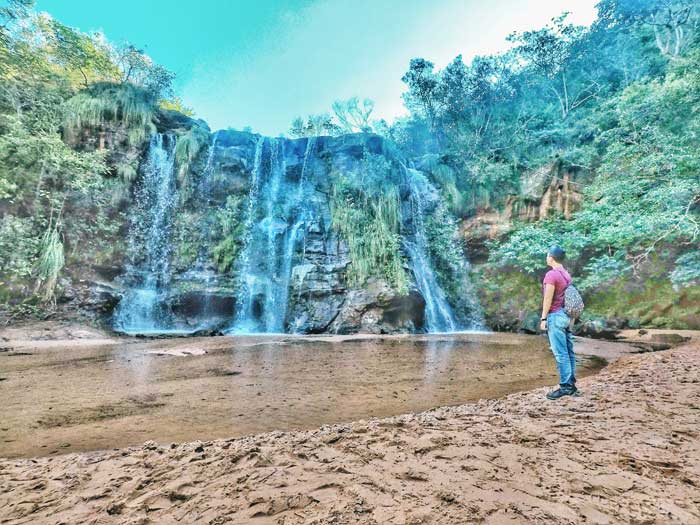
On weekends, the place gets flooded with people from Santa Cruz looking to beat the heat. Indeed, the cool swimming holes and (very) small sandy beaches make this a great place to hang out for hours.
There are steps made from used tyres leading up to a viewpoint from the third waterfall. There isn’t much to see, just green mountains and valleys.
But still, the Las Cuevas make for a short cooling escape from city life.
Entrance fee: BOB $15 (July 2017)
How to Go to Las Cuevas Watefalls
Located around 20 km out of town, these waterfalls are best reached by bike or taxi.
Similar to the El Fuerte ruins, the driver will wait 2 hours for you. It costs BOB $100 both ways.
You may also be able to flag down a seat in one of the many buses passing by the entrance on the way to/from Santa Cruz. I’d rather not bet on it.
- YOU MIGHT ALSO LIKE: Chorrillo del Salto: El Chalten's Neglected Waterfall
How to Get to Samaipata
Samaipata is a 2-3 hours’ drive from Santa Cruz. At the corner of Avenida Omar Chavez Ortiz and Soliz de Olguin are 7-seater shared taxis (called trufis) that leave when full (or almost full, and then stop to pick up additional passengers) and costs BOB $30 (USD $5) each.
Private taxis may be willing to take you to Samipata, but beware: taxi drivers at hotels may try to charge astronomical fees for the three-hour drive.
If you’re going from Sucre, any bus that goes towards Santa Cruz stops in Samaipata, usually around 3am for night buses. The journey takes around 10 hours.
And now, it’s your turn.

